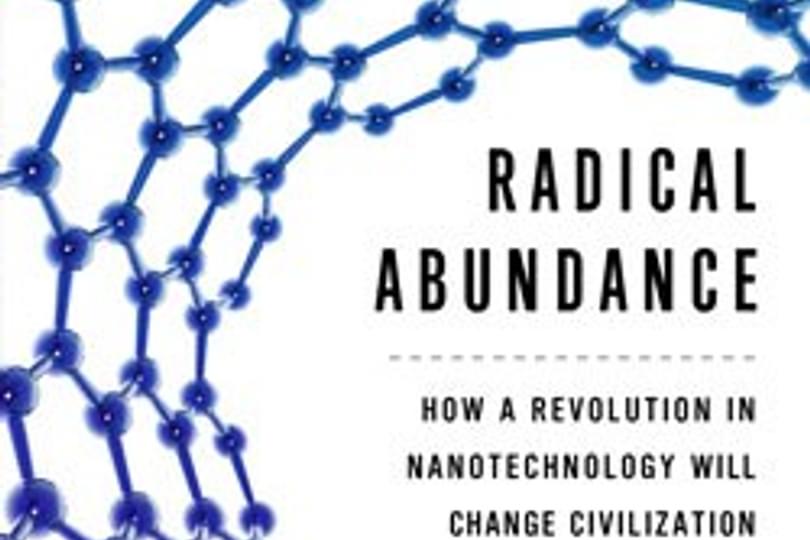
“Imagine what the world might be like if we were really good at making things, better things, cleanly, inexpensively and on a global scale. “
That is the world of radical abundance imagined in Dr Eric Drexler’s latest book. In an illuminating and engaging talk at the Oxford Martin School on January 22, Dr Drexler painted a picture of the possibilities that could lie ahead in the future of atomically-precise manufacturing (APM).
Dr Drexler compared where we are now to where we were with digital electronics information systems in the 1950s - the potential being far beyond what we could imagine. But even though we can’t imagine what an APM future might be like, it is important to try, in order to start conversations that will prevent this field from falling further down the cracks in between science and engineering. I sensed that Dr Drexler believes there is a real risk of this happening, both due to funding and political issues.
Back to the actual technology, I had a personal light bulb moment when Dr Drexler gave us "a hook, just a concrete kind of conceptual picture. Imagine a 3D printer perfected. Digital information comes in and what comes out can be any of a wide range of artifacts, defined by computational, digital specification. This is distributed, flexible, general purpose, manufacturing. Now imagine that you had much higher throughput, lower cost raw materials, and outputs that instead of being plastic or a limited range of metals, with relatively poor surface finishes, were instead atomically precise structures of the best materials.”
He went on to help the audience imagine a whole range of revolutionary technologies that could be developed if we find ways to develop APM systems; these ranged from lighter, lower cost and more reliable aircraft to flexible, thin, robust photovoltaic materials that could be used to resurface roads and roofs to provide energy sources to replace fossil fuels.
These examples were vivid and hopeful but Dr Drexler had a strong message for policy-makers. The future is full of possibilities in this field but we mustn’t rely on it to provide the ‘fixes’ for problems at the scale of global economic development, resources, green house gas accumulation, climate change. Why not? Because “the time required to get from here to these technologies is unknown”. The risks must also be acknowledged. The potential for an arms race, for example, would be high if reliable, accurate weapons were to be produced for a fraction of the cost using APM.
Dr Drexler is aiming to change our conversation about the future with his book 'Radical Abundance' and his current work. As he put it, “there is a very credible prospect of a very different set of technologies emerging that can transform the material world in a way that is much like the way that digital electronic technologies have transformed the world of information.”
Exploratory engineering can look at technologies that are a bit beyond what we’ve made today; it can ask 'what can be built with those technologies' a step further along; it should then be able to identify a series of stepping stones leading to a scalable atomically precise manufacturing base that eventually enables a much larger range of possibilities. That will lead ultimately lead to revolutionary applications.
The big take away, though, was a very strong note of caution. We mustn’t get carried away and see nanotechnology as the ‘fix’ to our consumption and resource issues. The change in conversation must be sensible because we do not know how long this revolution will take. Dr Drexler concluded: “We must talk and engage with these topics in a way that is suitably moderate and incremental to fit into mainstream discourse."
This opinion piece reflects the views of the author, and does not necessarily reflect the position of the Oxford Martin School or the University of Oxford. Any errors or omissions are those of the author.